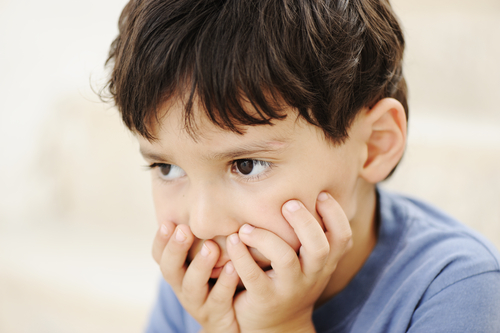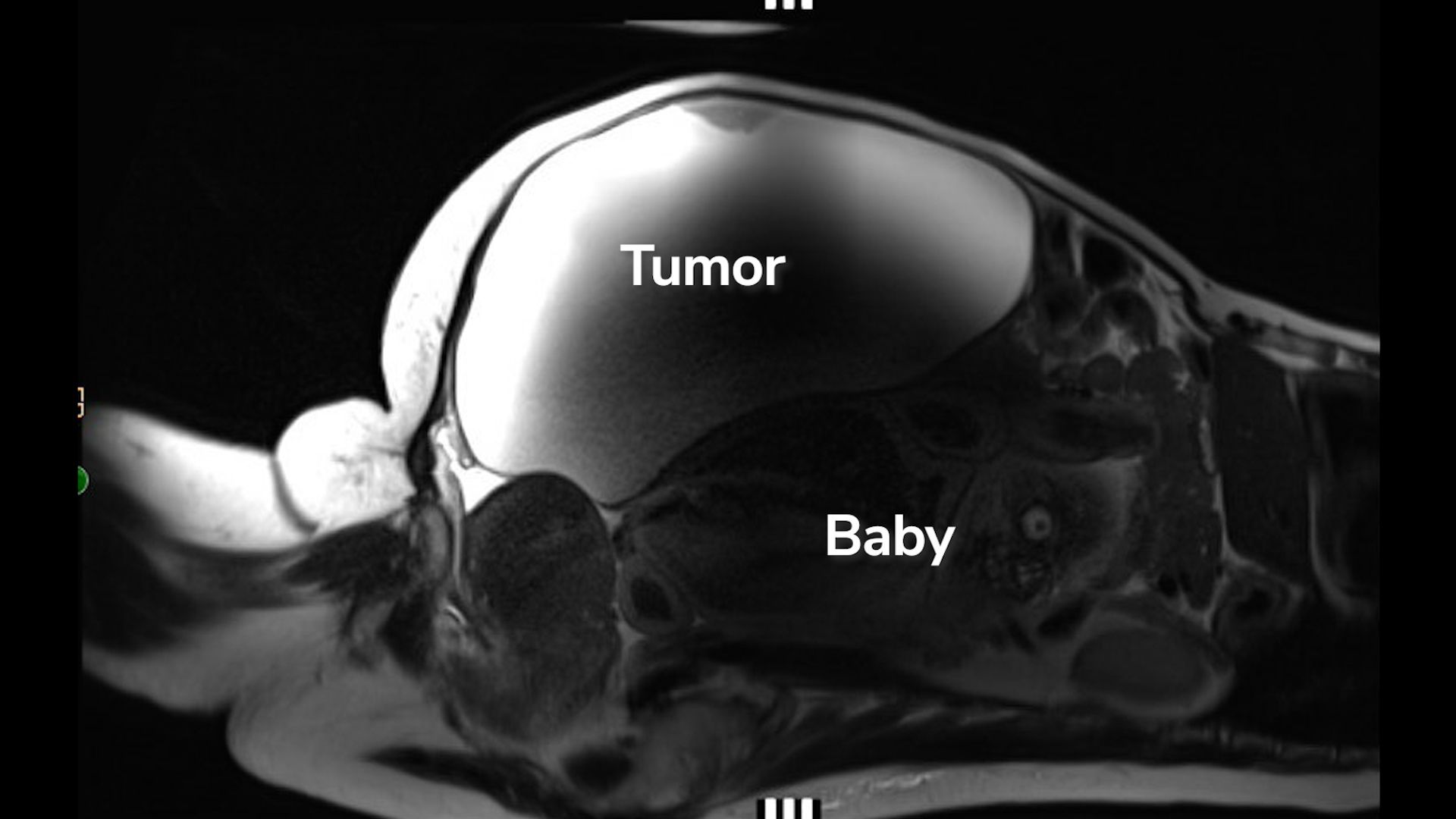Human Stem Cells Shape a New Approach to Autism Research (Op-Ed)


Alysson Muotri is an associate professor in the Department of Pediatrics and Cellular & Molecular Medicine at the University of California, San Diego School of Medicine and Rady Children's Hospital San Diego. He contributed this article to Live Science's Expert Voices: Op-Ed & Insights.
Autism spectrum disorder (ASD) is a devastating human condition, a lifelong developmental disability that is confounding both in life — where it seems to appear suddenly and without warning in young children — and in the lab, where it steadfastly defies straightforward investigation and understanding.
Numerous studies of family histories and twins show that some cases of ASD are clearly heritable. But the vast majority of ASD cases are not familial or heritable, but rather occur sporadically or idiopathically — without obvious reason.
To find the cause or causes of ASD — which usually precede any discovery of effective new treatments or preventive measures, let alone something resembling a cure — scientists currently rely on an imperfect toolbox.
Probing the brain, human or not
The simplest and most direct method of studying the human brain is to probe the living organ directly. For myriad reasons, however, that approach is not practical, desirable or even sufficient — at least not with current technologies. Sometimes, scientists are able to examine postmortem tissues. In fact, this approach produced remarkable findings last year about developmental differences in the brains of autistic children. But it also presents its own set of challenges, including that study materials are an extraordinarily scarce resource. Live-imaging techniques are improving, but they are still relatively blunt analytical instruments.
More often, scientists turn to animal models, typically mice whose brains or behaviors have been modified to mimic aspects of ASD. In this sense, they are no different from the animal models used to study diabetes, cancer and many other human diseases.
Get the world’s most fascinating discoveries delivered straight to your inbox.
But as much as rodents and humans share certain basic commonalities, there are also inherent differences in their genetic backgrounds, immune systems and brain circuits. Furthermore, animal models cannot represent the individual differences inherent in human populations. Simply put, mice are not tiny people; humans are a different species, and those differences can be significant. [Animal Data Is Not Reliable for Human Health Research (Op-Ed )]
Disease in a dish
Much more promising is the ongoing development of human biology-based models, such as induced pluripotent stem cells (iPSCs), derived without harm from autistic patients themselves. The iPSCs, transformed from ordinary cells into neurons, represent what's colloquially known as "disease in a dish." They can be cultured in abundance. They can be minutely studied for revelations about specific biochemical or cellular features that likely occur within developing fetal brains destined to be autistic. They can be exposed to possible damaging environmental factors and potential treatment drugs.
But the science is not quite there yet. There are still limitations to overcome, but remarkable progress has been made. For example, my lab at the University of California, San Diego School of Medicine has used iPSCs derived from patients with Rett syndrome, a type of ASD, to examine how specific gene alterations cause dysfunction. More important, we have been able to rescue Rett-syndrome-derived neurons with candidate chemicals, reversing neuronal defects. Clinical trials based on this research have been launched in the United States and other countries.
More broadly, since our first report, others have shown that iPSCs can be used to model other types of autism, such as Fragile X syndrome, Timothy syndrome and even sporadic autism.
Some forms of ASD are quite rare. It's hard to attain a sample size sufficient to do good science with those conditions, but it's not impossible. One resource: the Tooth Fairy. Colleagues have begun asking parents of children with ASD to provide us with their "baby teeth," from which we extract dental pulp stem cells and reprogram them as neurons. Currently, we have more than 300 samples collected from a list of more than 3,500 families in the U.S. and Brazil.
These iPSCs can be studied not just for what they might reveal at molecular and genomic levels, but they also can be compared over time to the clinical outcomes of their former owners.
iPSCs can be grown in three dimensions. They self-organize into spheres that resemble a 9-week-old developing human fetus brain. Obviously, these spheres aren't exactly minibrains. Some components are missing or in the wrong places. But they offer an unprecedented panorama of very early brain development and how things can go wrong.
Beyond models, and on to solutions
Advances in tissue engineering, such as the ability to create skin and cartilage in a lab, will eventually lead to the ability to build human neuronal microcircuits that replicate some of the dynamic interactions that take place in the body. These living microcircuits would be a sort of in vitro-in vivo model — a "brain on a chip" that would allow neuroscientists to observe and manipulate whole systems, not just single cells.
These are still the early stages of exploration of these techniques, and much remains to be done. The brain does not give up its secrets readily. But all of these approaches — combined with prioritized research funding to speed advances in systems biology, computational simulations, human brain imaging and population genetics — suggest the future of ASD research is bright. With that comes the promise of improved diagnoses, treatments and better lives for those suffering with autism.
Follow all of the Expert Voices issues and debates — and become part of the discussion — on Facebook, Twitter and Google+. The views expressed are those of the author and do not necessarily reflect the views of the publisher. This version of the article was originally published on Live Science.



